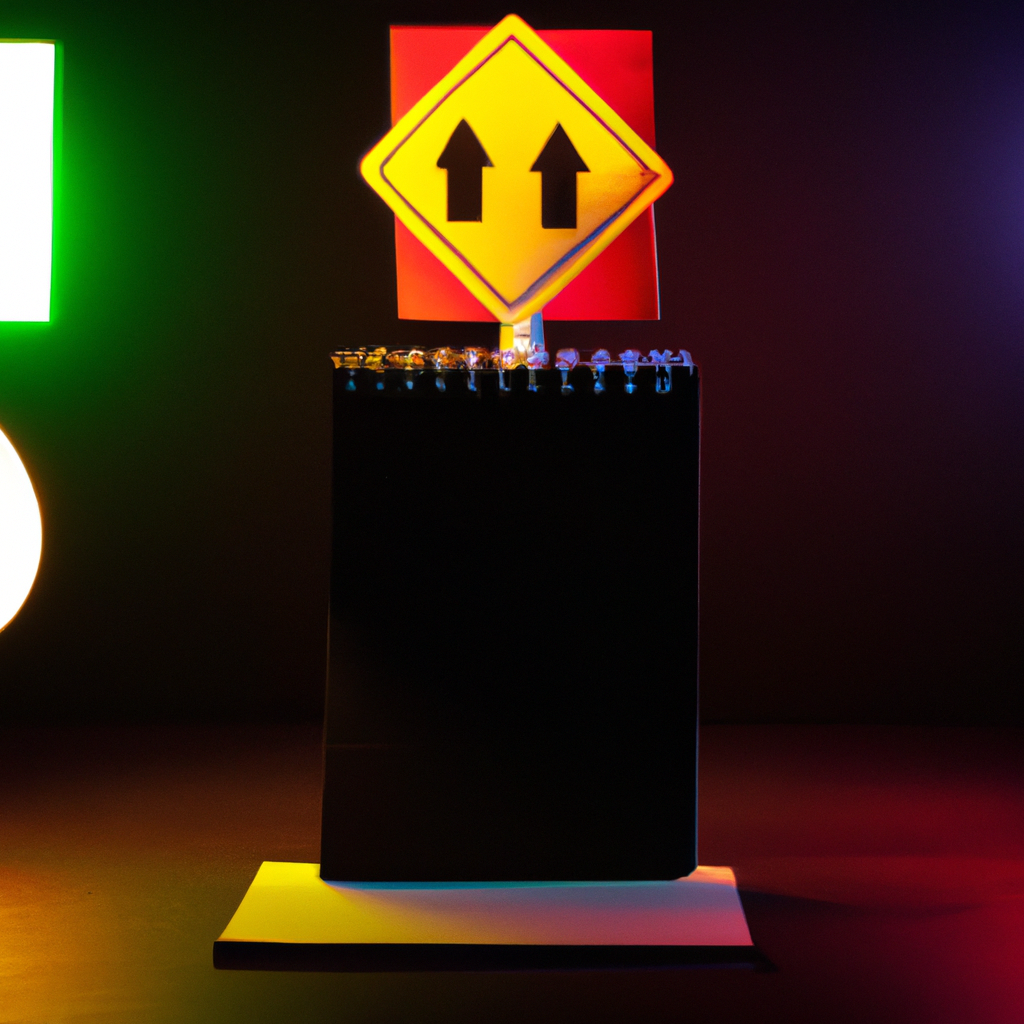Gamification is a trend that has taken the world by storm. Initially, it was the realm of video games, but in recent years, it has found its way into non-gaming applications and industries. At its core, gamification is about applying elements of game playing to other areas of activity. It’s a powerful tool that has the potential to revolutionize the way we learn, work, and interact with others.
In the world of learning, gamification has brought about a paradigm shift. Traditional educational approaches often focus on rote memorization. This method can be dull and is not always effective. Gamification offers an alternative approach through interactive learning. By turning learning into a game, students become active participants in the education process. They are rewarded for their efforts with points, badges, or achievements, fostering a sense of accomplishment and enthusiasm for learning. For instance, language learning apps like Duolingo employ gamification elements to keep users engaged and motivated to learn new languages.
In business, gamification is used for various purposes, including employee training, customer engagement, and marketing. Companies are using game elements to make training programs more engaging and interactive. For instance, sales teams might participate in a simulated sales game, competing against each other to close virtual deals. This kind of training not only enhances learning but also fosters a competitive spirit and team bonding. Similarly, gamification tactics are used to engage customers. Loyalty programs that offer points and rewards are nothing but gamification. These techniques incentivize customer loyalty and promote repeat business.
The healthcare industry too has embraced gamification, with apps using it to promote healthier lifestyles. One example is fitness apps that track steps, stairs climbed, and other physical activities. Users are often rewarded with badges or points when they meet their daily goals. These gamification elements motivate users to stay active and maintain a healthy lifestyle.
In the sustainability sector, gamification is used to promote environmentally-friendly behaviors. Apps can reward users with points or badges for activities like recycling, reducing water consumption, or using public transportation. This approach not only encourages sustainable practices but also educates people about their environmental impact in a fun and engaging way.
The effectiveness of gamification lies in its ability to tap into our natural desires for competition, achievement, and social interaction. It’s an incredibly versatile tool that can be adapted to suit almost any industry or application. The key to successful gamification is understanding what motivates your audience and designing your game mechanics around those motivations.
With the rapid advancements in technology, gamification is expected to become even more prevalent in non-gaming applications and industries in the future. Its power to engage, motivate, and inspire should not be underestimated. As more and more organizations realize the potential of gamification, we can expect to see even more creative and innovative applications of this powerful tool.

